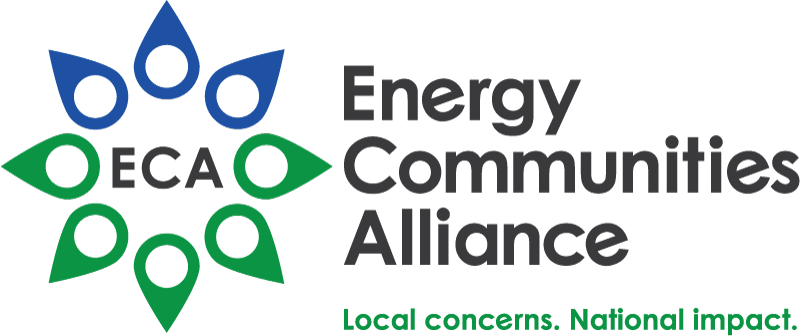What does the Supreme Court have to do with nuclear waste?
The views and opinions expressed in this article are those of the author and do not necessarily reflect the official policy or position of the American Nuclear Society.
As if COVID-19 and a rancorous presidential election were not enough, over the next few weeks we will also be dealing with the confirmation of a justice to fill the open seat on the Supreme Court. What does that have to do with the American Nuclear Society and nuclear technology? Well, nothing directly, but there is an interesting connection between the Supreme Court and a notable case on nuclear waste decided by the U.S. Court of Appeals for the District of Columbia Circuit in August 2013.









 The board of directors of the Energy Communities Alliance (ECA), an organization known more for its work in advancing the cleanup of Department of Energy sites, is launching a
The board of directors of the Energy Communities Alliance (ECA), an organization known more for its work in advancing the cleanup of Department of Energy sites, is launching a 


